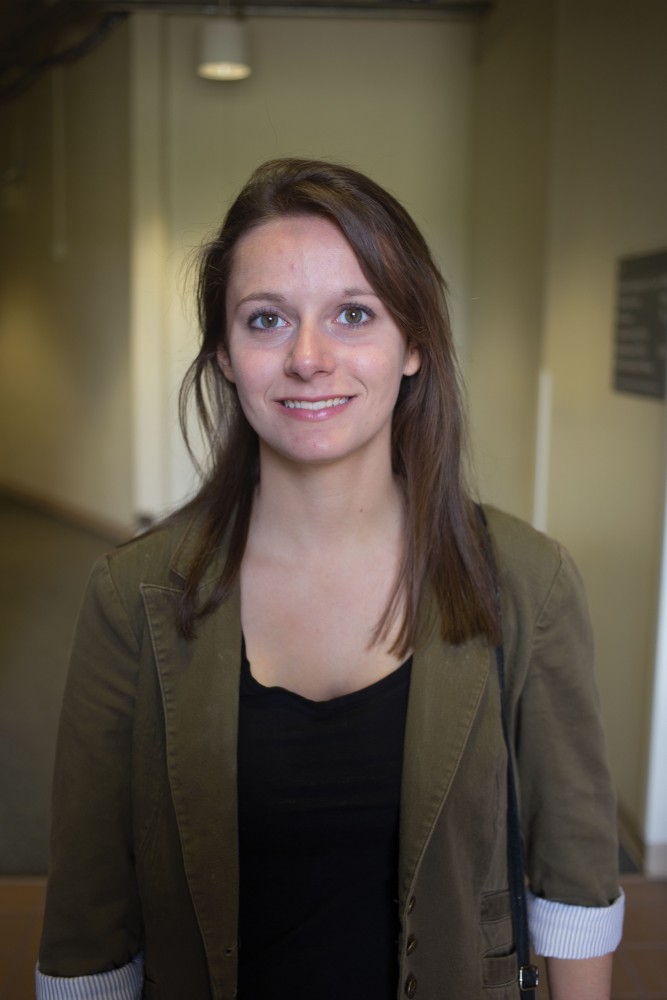Dealing with hometown changes

Mar 28, 2016
The other day, my best friend from home told me our favorite building had been torn down. Now, the marvelous school has become an abandoned, open field. The gym. The auditorium. The dance studio. The classrooms. The office. It’s all gone. It’s as if it was never on that street.
There will be people who drive by and see nothing and think nothing of the school’s absence. And they’re not wrong — there’s nothing visible. Those people won’t know that there used to be something.
But we will know. We will drive by and we will see nostalgia and loss. Our recollections of singing in the auditorium will faintly hum back. Old halls full of adventure will flash in the reflections of our sunglasses. Running silhouettes will scream merrily, then disintegrate back into the rusty grass.
All of the lives that traveled through that building have withered away into oblivion. No physical remnant could reveal what a glory it was to explore that little school’s halls on a summer’s day. Only our memories can revive its existence.
I knew this time was coming, though. I knew the walls were weak, the metal rusty, and the floors were dangerous. She wasn’t preserved and surely wasn’t flourishing. Someone new had bought her and a closing was approaching. I really hoped they would work with what they had and rebuild the school to its former glory, but they scraped the whole thing.
Yes, I knew, but at the same time I didn’t. It was outside of my mind. This purchase didn’t feel real until our last visit was actually our last visit ever. No returning.
The disappearance is shocking and made me think of all the other people who had developed a genuine connection with buildings. Maybe even some with the same school. Then I thought of people that might form a connection with this school’s replacement and the building that this school itself replaced. With this thought, I feel united and relieved.
There’s a cycle of love and pain that construction creates: building our sanctuaries only to eventually tear them down and then build someone else’s sanctuary. Imagining the past lives of the buildings we enter daily is quite provoking. In the smallest ways, there are so many lives in inanimate objects through their history.
Every building has a story and so many people that have walked in and out of that dream. Each day I look out my window at the amazing work that has been done on the new 48th Avenue apartment buildings. It looks remarkably different each time I pass on my way to school.
One day, someone will live in those apartments, create memories and make that work of construction into a life. Then someone else will do the same thing. They’ll all be little puzzle pieces into what makes buildings so special — time.
The past, present and future of architecture solidifies it into something much stronger than any building material — feelings. Even the exact memory will fade in time. They can’t live forever, but the feeling and the connection, I have faith that can’t just disintegrate.





















